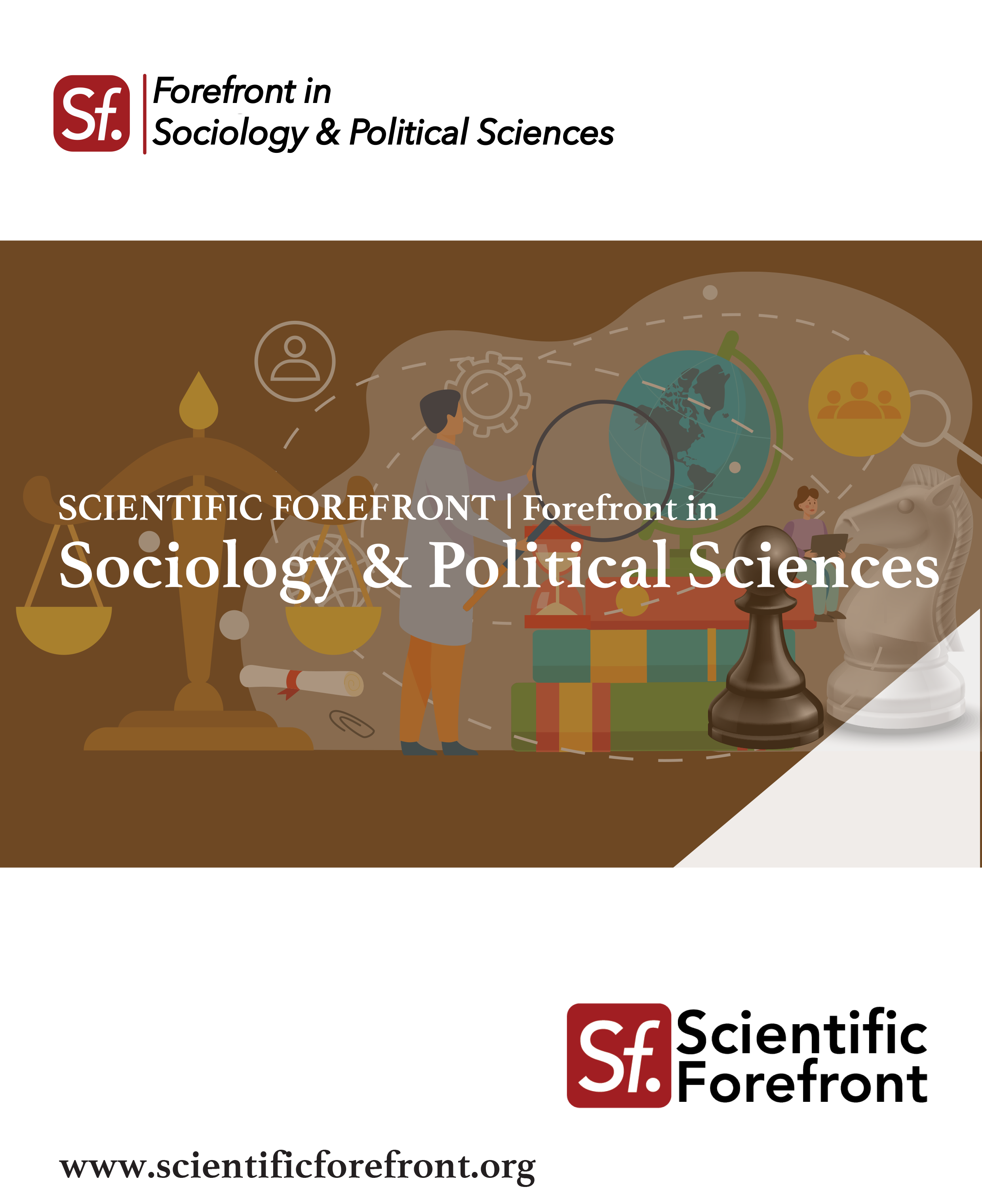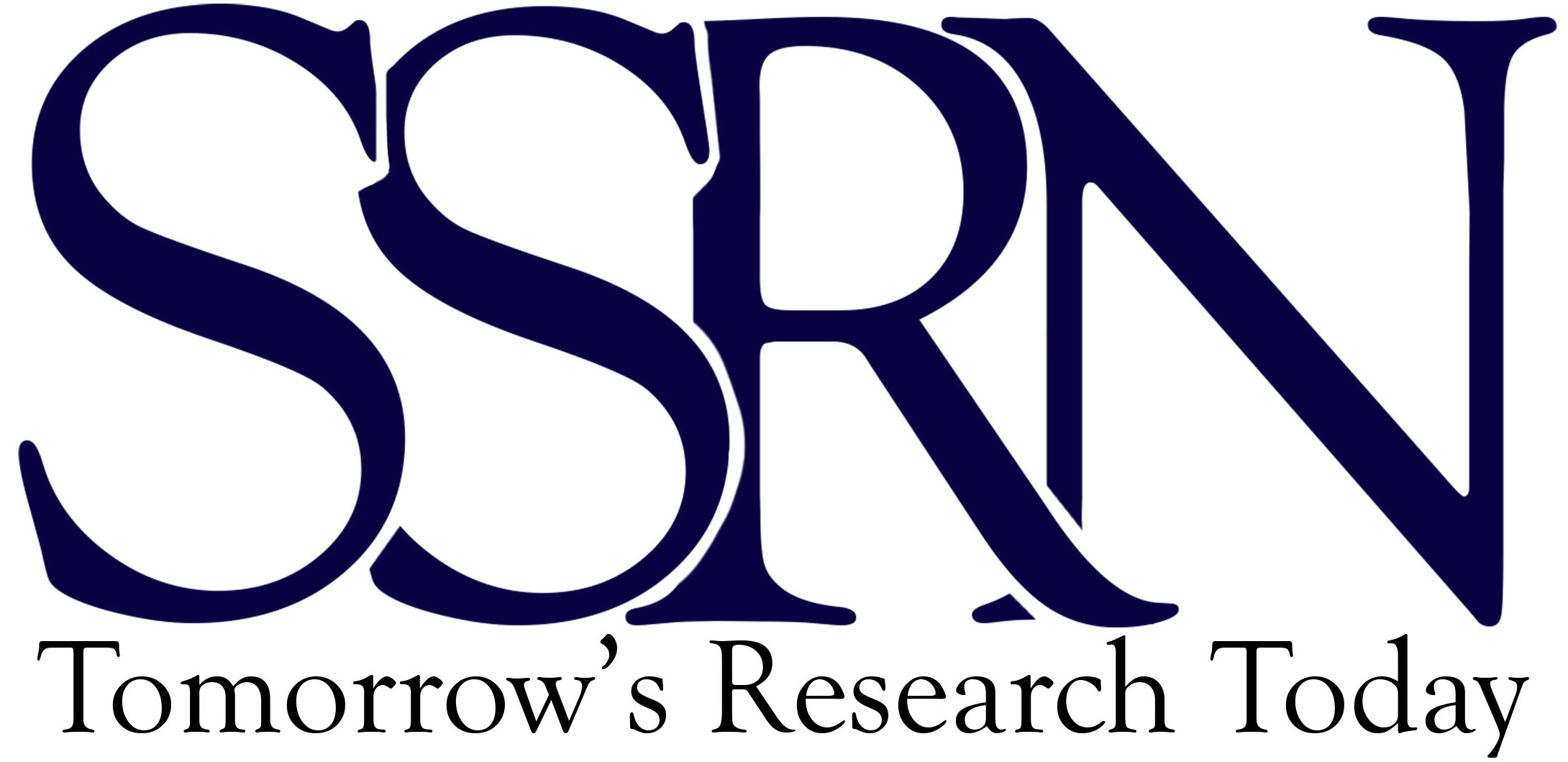Expolring the Dynamics of Work Life Harmony Among the Married Women Employees in Aligarh Division in Government Departments
Work-Life Harmony, Married Women Employees, Government Sector, Supervisor Support, Role Overload, Parental Satisfaction, Domestic Support, Gender Equality, Employee Well-being, Aligarh Division
Abstract
In the contemporary landscape of rapid economic shifts and evolving gender roles, work-life harmony (WLH) has emerged as a pivotal challenge, particularly for married women employed in government sectors. This study investigates the dynamics of WLH among married female employees in the Aligarh Division, focusing on their ability to manage dual responsibilities across professional and personal domains. Using data collected from 266 respondents through structured questionnaires, the research explores the relationship between workplace factors—such as supervisor support, co-worker support, and job stress—and family-related factors including spousal and domestic support. The findings reveal strong correlations between supportive work environments and improved parental satisfaction and productivity, while also highlighting persistent challenges such as role overload. The study emphasizes the need for targeted policy interventions and organizational reforms to foster equitable and supportive workplaces. By addressing systemic and socio-cultural barriers, government institutions can promote well-being, retention, and long-term effectiveness among female employees. This research contributes to the academic discourse on gender equity, public sector management, and employee well-being in the Indian context.
References
1. Casper, W. J., & Buffardi, L. C. (2004). Work-life benefits and job pursuit intentions: The role of anticipated organizational support. Journal of Vocational Behavior, 65(3), 391–410. https://doi.org/10.1016/j.jvb.2003.09.003
2. Wise, S. and Bond, S. (2003) Work-Life Policy: Does It Do Exactly What It Says on the Tin? Women in Management Review, 18, 20-31. https://doi.org/10.1108/09649420310462307
3. Konrad, A. M., & Mengel, R. (2000). The Impact of Work Life Program on Firm Productivity. Strategic Management Journal, 21, 1225-1237.
https://doi.org/10.1002/1097-0266(200012)21:12<1225::AID-SMJ135>3.0.CO;2-3
4. Osterman, P. (1995) Work-Family Programs and the Employment Relationship. Administrative Science Quarterly, 40, 681-700. http://dx.doi.org/10.2307/2393758
5. Stennett, R. (1994) Job sharing in librarianship. Librarian Career Development, 2, (1), 23-29
6. David A. Harrison, Daniel A. Newman and Philip L. Roth.How Important Are Job Attitudes? Meta-Analytic Comparisons of Integrative Behavioral Outcomes and Time Sequences, April 2006, Academy of Management Journal, 49(2):305-325. DOI:10.5465/AMJ.2006.20786077
7. Fabienne Amstad, Laurenz L Meier, Ursula Fasel, Achim Elfering, A Meta-Analysis of Work-Family Conflict and Various Outcomes With a Special Emphasis on Cross-Domain Versus Matching-Domain Relations, January 2011, Journal of Occupational Health Psychology, 16(2):151-69 DOI:10.1037/a0022170
8. Judge, T. A., & Ilies, R. (2002). Relationship of personality to performance motivation: A meta-analytic review. Journal of Applied Psychology, 87(4), 797–807. https://doi.org/10.1037/0021-9010.87.4.797
9. Kristen Shockley, Tammy D Allen, Investigating the Missing Link in Flexible Work Arrangement Utilization: An Individual Difference Perspective, February 2010, University of Georgia, Journal of Vocational Behavior. DOI:10.1016/j.jvb.2009.07.002
10. Adams, G., & Rau, B. (2004). Job seeking among retirees seeking bridge employment. Personnel Psychology, 57(3), 719–744. https://doi.org/10.1111/j.1744-6570.2004.00005.x
Downloads
Published
How to Cite
Issue
Section
License
Copyright (c) 2025 Forefront in Sociology & Political Sciences

This work is licensed under a Creative Commons Attribution-NonCommercial-ShareAlike 4.0 International License.














